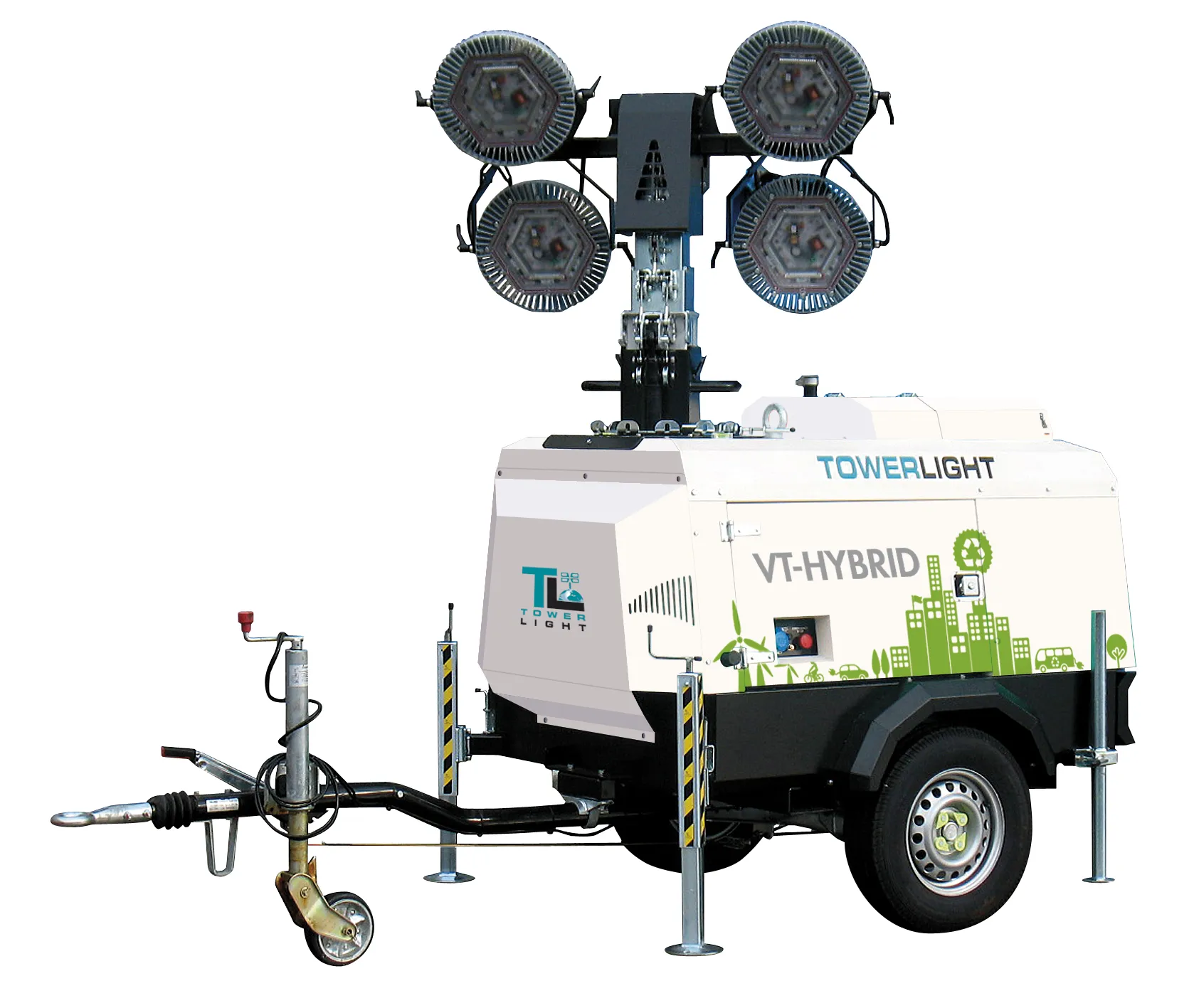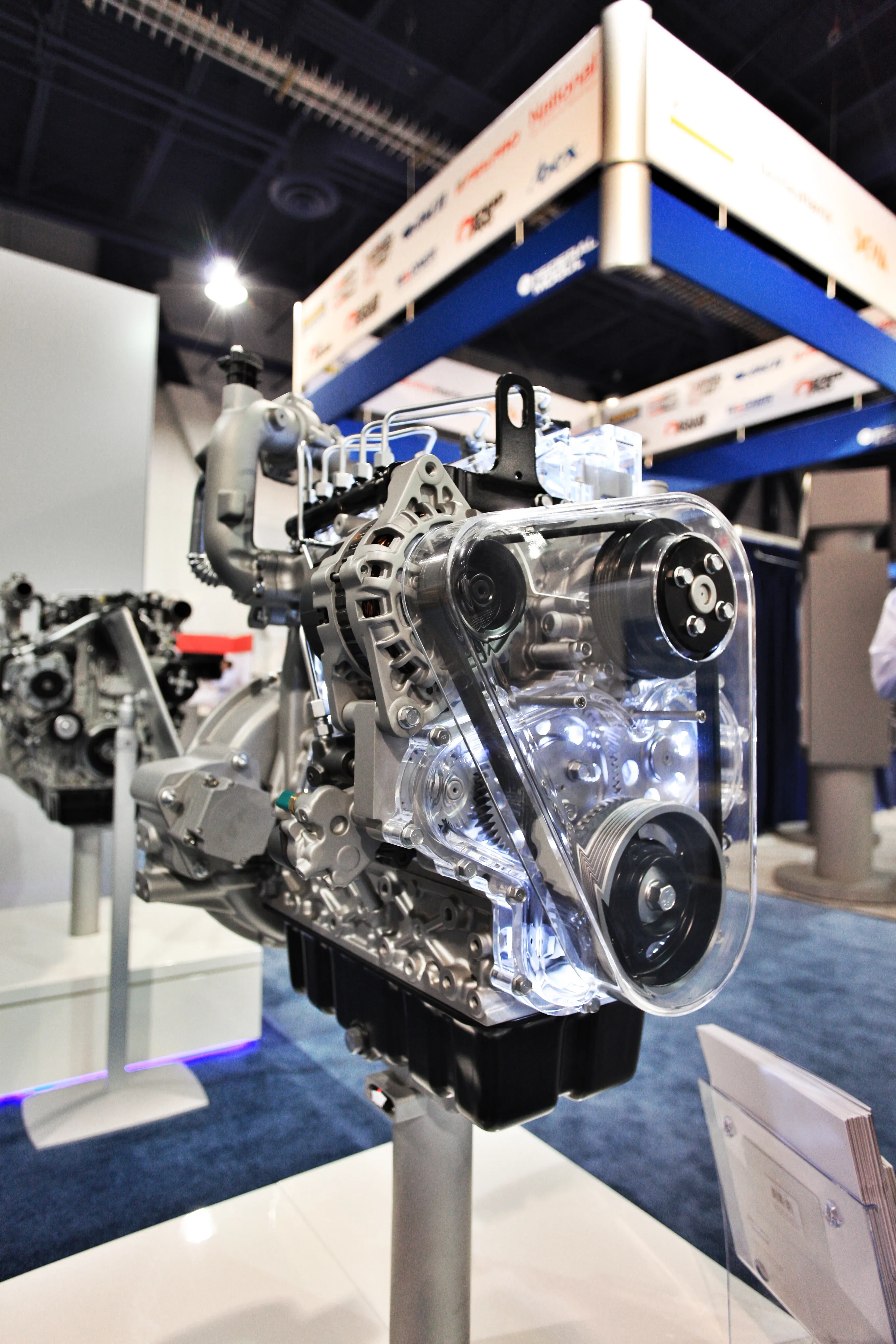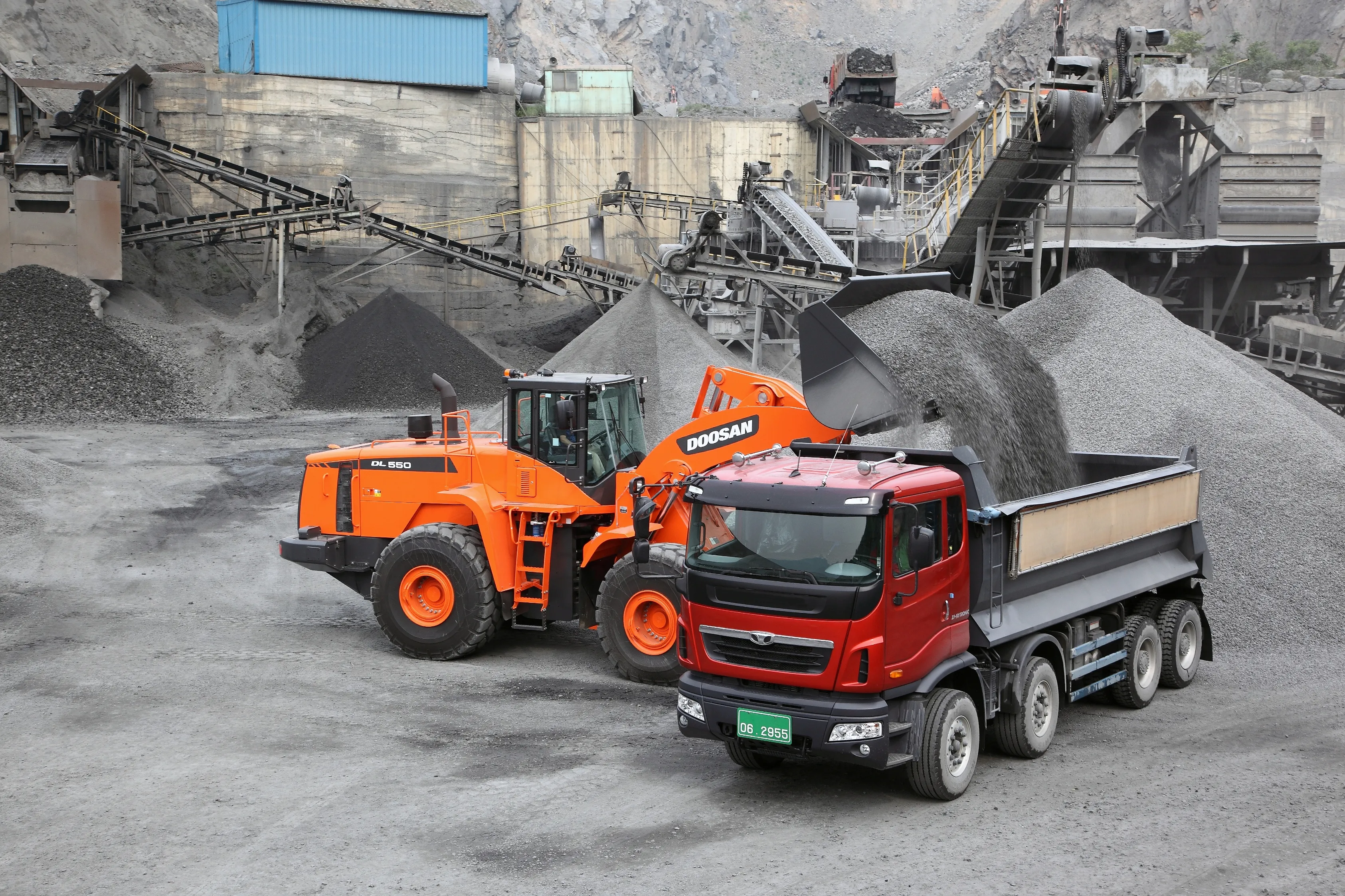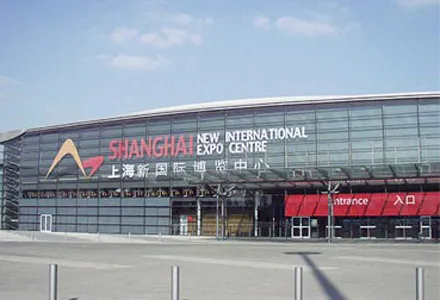Tower Light’s new VT- Hybrid lighting tower, said to utilise modern LED lighting with an advanced battery power/diesel system and auto charging technology, will be unveiled at bauma 2013. The battery on VT-Hybrid is said to have 4,000 hours life, and the generator engine consumes 0.5litres per hour when in use. Tower Lights says fuel usage is so low that the set can run for over 500 hours on one tank of fuel.
January 31, 2013
Read time: 2 mins

The battery on VT-Hybrid is said to have 4,000 hours life, and the generator engine consumes 0.5litres per hour when in use. Tower Lights says fuel usage is so low that the set can run for over 500 hours on one tank of fuel.
The model’s 9m, 360° vertical hydraulic mast features a single lever operation, said to enable one person to safely erect the mast in less than 30 seconds. Italy-based Tower Light says the complete unit has been tested in wind speed in excess of 110km/h. The firm says that using the VT- Hybrid lighting tower will result in immediate operating savings – as just 150kW of the model’s LED power consumption yields an equivalent illumination level of 400kW of metal halide.
According to Tower Light LED lamps in lighting towers, such as those in the VT-Hybrid, have 70,000 hours of life compared with 6,000 hours in a metal halide light. The complete unit weighs just 1.23tonnes and can remain skid mounted or be fitted to a road-tow or site trailer.
%$Linker:








